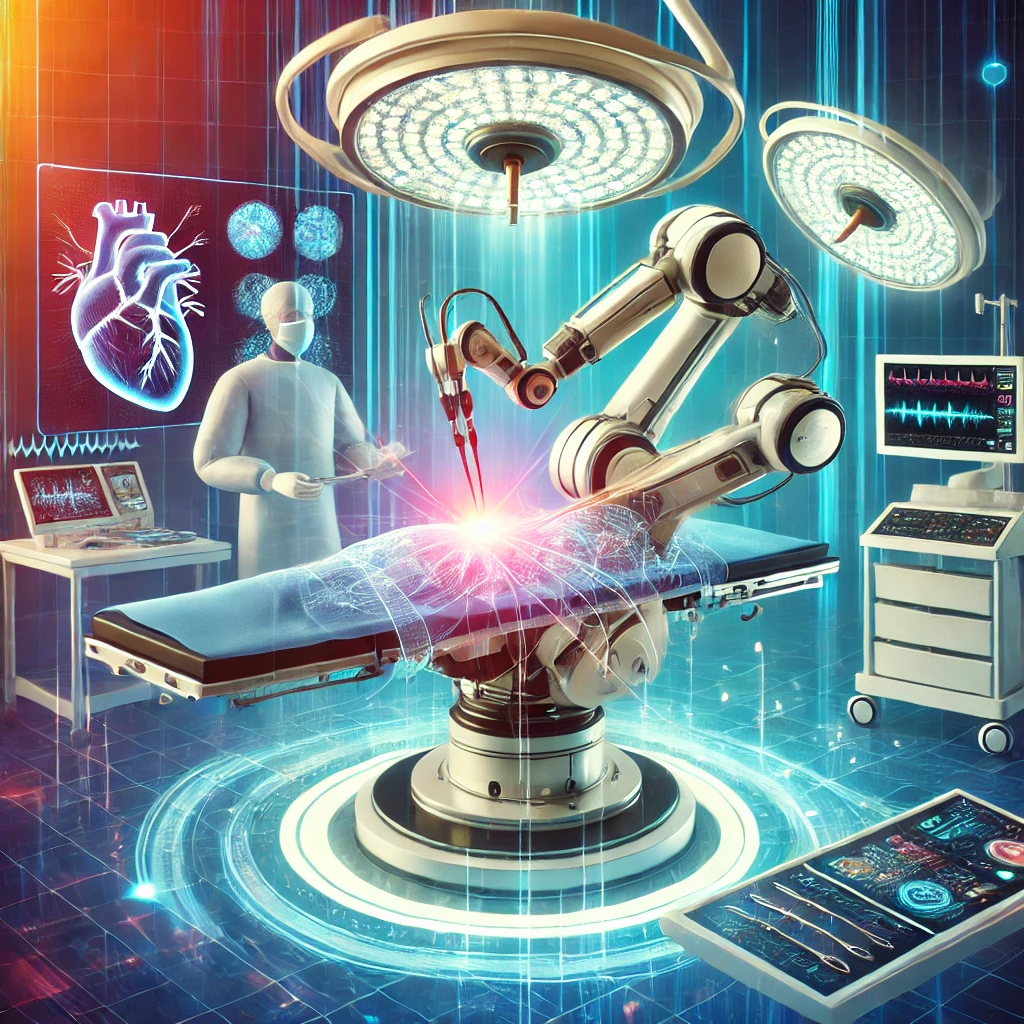Imagine a world where surgeons can operate with superhuman precision, using robotic systems that enhance their skills and reduce human error. That world is already here. Robotic-assisted surgery is rapidly transforming the medical field, offering minimally invasive procedures, faster recovery times, and greater accuracy than ever before.
Robotic surgery began as a collaboration between NASA and the U.S. military, aiming to develop remote surgical capabilities for astronauts and soldiers in combat. Today, these technologies have evolved into advanced surgical platforms like the da Vinci® system, which allows surgeons to perform complex procedures with robotic arms that mimic the dexterity of the human hand—but with even greater precision.
The benefits? Smaller incisions, less pain, and quicker recovery for patients. For surgeons, robotic systems provide 3D visualization, tremor reduction, and enhanced control, making even the most delicate surgeries more precise. From cardiac bypass procedures to cancer surgeries and even transatlantic operations, robotic-assisted surgery is setting new standards in medicine.
While challenges remain—such as high costs and the need for specialized training—robotic surgery is no longer science fiction. As technology advances, we can expect even more accessible and efficient robotic procedures, making high-quality healthcare available to more people worldwide. The future of surgery is here, and it’s robotic.




